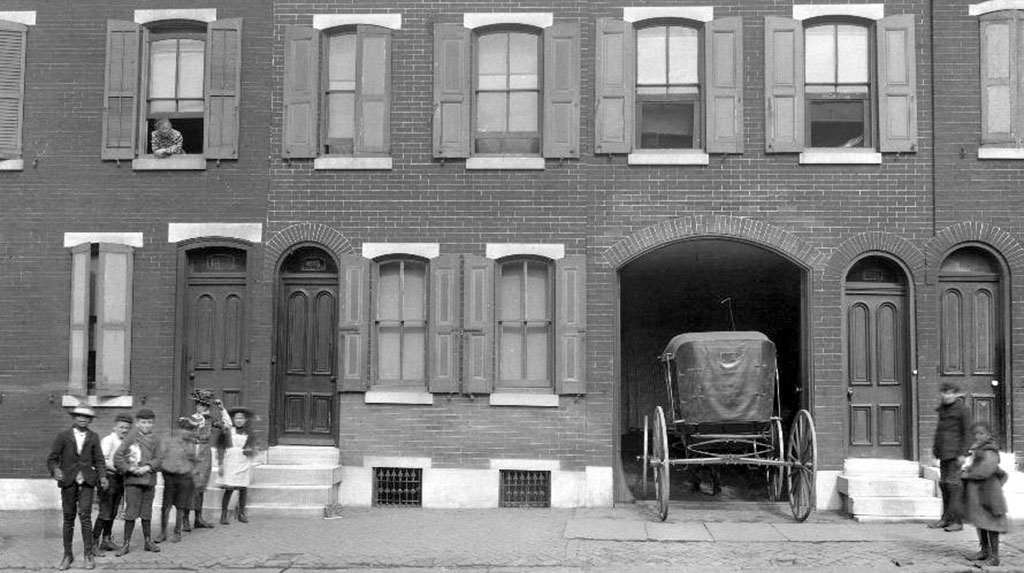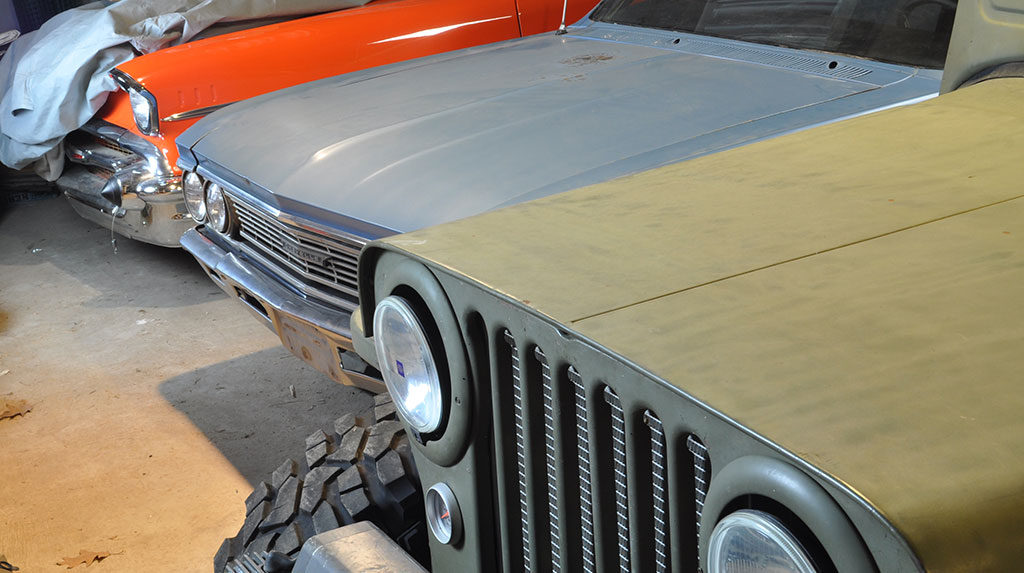Restoring a hot rod or muscle car can take significant effort, time and money. Long-term storage is a frequent part of owning a classic vehicle – whether you’re waiting for parts, preparing for the winter, or taking a long trip away from home. In this article, we provide 10 tips on how to store your car for winter, and beyond!
Storing a car may seem as simple as parking it in the garage and throwing a tarp over it. But that’s no way to protect your investment!
- Wash thoroughly: Wash the dirt, grime and road salt from the top to bottom and underneath. Road grime and dirt lead to scratches, which can rust when exposed to moisture. Be sure to dry well and apply a coat (or two) of wax for additional protection. Make sure to protect the chrome as well.
- Detail the interior: Vacuum meticulously for any food crumbs to avoid bugs and rodents from taking up residence. Lubricate all rubber parts and hinges and clean the upholstery. Leather or vinyl seats should get a rubdown with conditioner to keep the material from drying out.
- Tend to the tires: When a car sits too long, the tires can deform and develop flat spots from the weight pressed onto a single location. As a car sits, tires may lose air, which will increase the likelihood and severity of flat spots. To minimize the impact of loss of pressure, inflate your tires to the max pressure listed on the sidewall before storing. Ideally, store on jack stands with the tires just a few inches off the ground.
- Gas, oil and other fluids: It’s important to store a car with clean, fresh oil – even if it was recently changed. Old oil contains contaminants, like moisture and acids, which will pit bearings and other engine parts. Make sure the vehicle is warmed up well before changing the oil, so contaminants are flushed away.
Draining all the fuel from your car would prevent gum and varnish buildup – but it’s next to impossible to do. Instead, add a fuel stabilizer – such as STA-BIL® Brand – and fill the tank with fresh fuel (preferably with premium) to reduce condensation in the tank.
Better yet, though more expensive, store your classic car with a tank of pure gasoline, not gasoline treated with ethanol. You can find a list of ethanol-free gas stations in the U.S. and Canada at pure-gas.org
Make sure other fluids are topped-off, such as antifreeze and brake fluid.
Once you’ve added/topped-off everything, go for a drive before you store the car. If you have a carbureted engine, it is ideal to drain the fuel from the carb before the vehicle is stored to avoid corrosion.
- Protect the battery: An unused battery will slowly lose its charge and cold weather accelerates this. You don’t have to remove the battery, but disconnect the cables and clean the top of the battery. This will limit the amount if discharge that will occur. Ideally, connect it to a trickle battery charger (110V or solar) to keep the battery in a charged condition.
- Windshield wipers: It is recommended to remove the windshield wipers so the rubber doesn’t corrode and stick to the windshield.
- Spark plugs: Remove the spark plugs and squirt a small amount of engine oil into the cylinders to keep any moisture repelled from the metal. Put the plugs back in to store the car.
- Skip the parking brake: Don’t activate the parking brake. Doing so may fuse the brake friction material to the brake disk or drum. If you’re worried that the car could roll forward or backward, chock the tires instead.
- How you store matters: Your main goal is to protect your classic car from the elements and to seal openings to keep out critters. Rodents love the comfy conditions inside your heater system, air filter box and exhaust system. Place a plastic bag over these elements, cover with aluminum foil and tape securely. Insert moth balls and/or steel wool in the tailpipe.
Indoor storage should be your first choice over the park-and-cover driveway scenario. If possible, put your ride in your garage. If you must store your car on a dirt floor, place a plastic barrier under the vehicle.
- Use a car cover: Whether storing inside or out, a snug, custom-fitted car-cover is important. It keeps dust, debris and moisture off the car and allows air to circulate. Also, make sure you cover the tires to protect the rubber from damaging UV rays.


